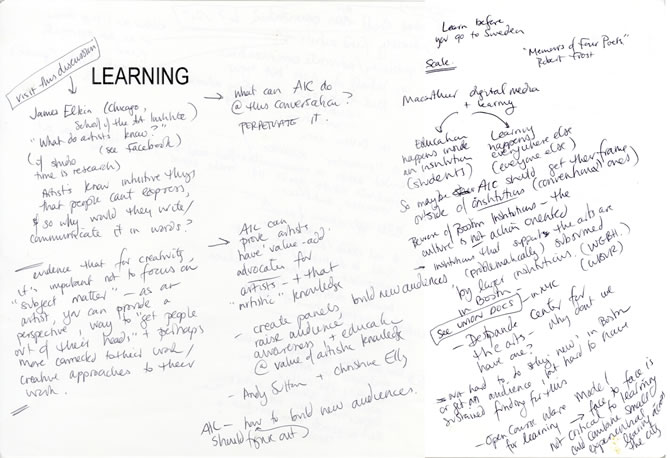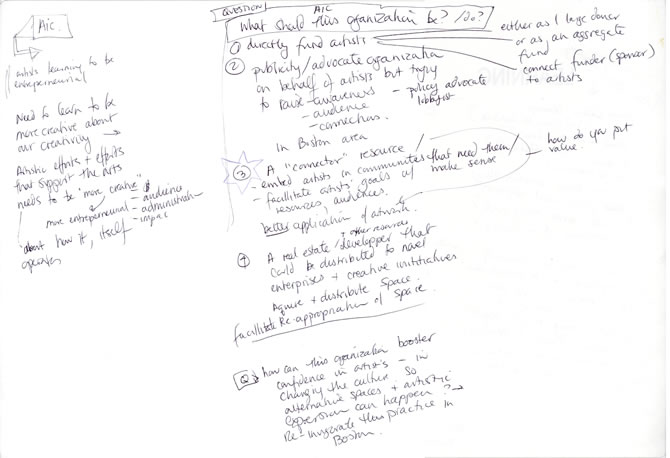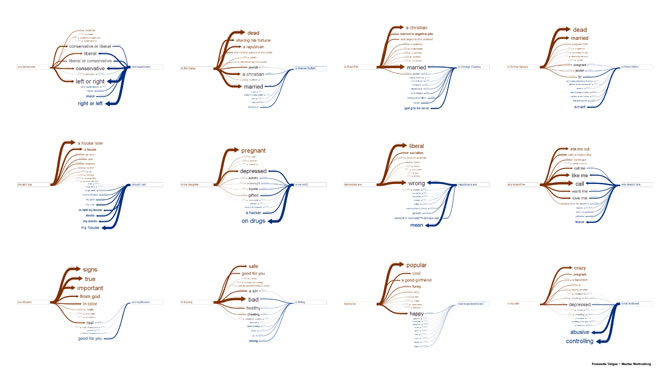In early 2009, President Obama addressed many issues associated with the current U.S. education system and argued for a series of reforms. The measures he advocated included greater focus on early childhood education and increased efforts to recruit and maintain the best teachers in the workforce. With news of too many children in underfunded classrooms, increasing disparity between educational opportunities offered at public and private schools and consequences of problematic initiatives such as No Child Left Behind, it is time to examine the health of our systems of education.
Learning does not stop once one leaves the classroom, school, or university setting. Education, both formal and informal, is a lifelong endeavor. Beyond the classroom, museums, local libraries, cultural institutions and even conversations with people within and outside our normal social circles offer opportunities for continued learning. What have you learned recently? As both local public schools and internationally renowned universities struggle to stay afloat, it is time to reevaluate what education means in our society.
View the Learning Projects
Learning Discussion at Launch Dinner Event

Notes on Learning Table placemat (front)

Notes on Learning Table placemat (back)
Following the public AIC launch event on the afternoon of Oct. 9, 2009, approximately 64 people reconvened for a dinner/discussion event at MIT’s Stata Center dining room, organized by the Platform 2 artists’ collective. Each table focused on one of the eight themes of the Artists’ Prospectus for the Nation, assisted by a commissioned placemat by a New England-based artist (see the “Learning ” placemat below by artist Martin Wattenberg). An empty placemat at each table was used by diners to record notes from the discussion. Pictured above are the front and back of the notated placemat from the Learning Table.
Here is a summary of that discussion by a Learning Table notetaker:
Our table discussed different artistic models for education and different ways that artists can access, generate and depict knowledge.
The idea that learning happens in many ways and that art, as something experiential in addition to conceptual, needs to be supported in non-conventional or non-academia centric ways.
We talked about a potential danger for AIC if it remains too embedded in academic contexts.
We talked about potential needs in the following spaces >
1) giving audiences in the area more information about experimental and non-classical art forms
2) giving artists more resources- including:
- space (alternative, temporary or otherwise)
- funds
- human and corporate connections- matching an artist with a company, or a relevant community group
- advocacy and promotion (talking about new works and presenting new works to publics that are not otherwise informed about them)
3) giving communities a meeting grounds / successful web of relationships, into which artists can more effectively (?) apply their work and interests
Nell Breyer

Launch dinner placemat for the Learning Table by Martin Wattenberg


